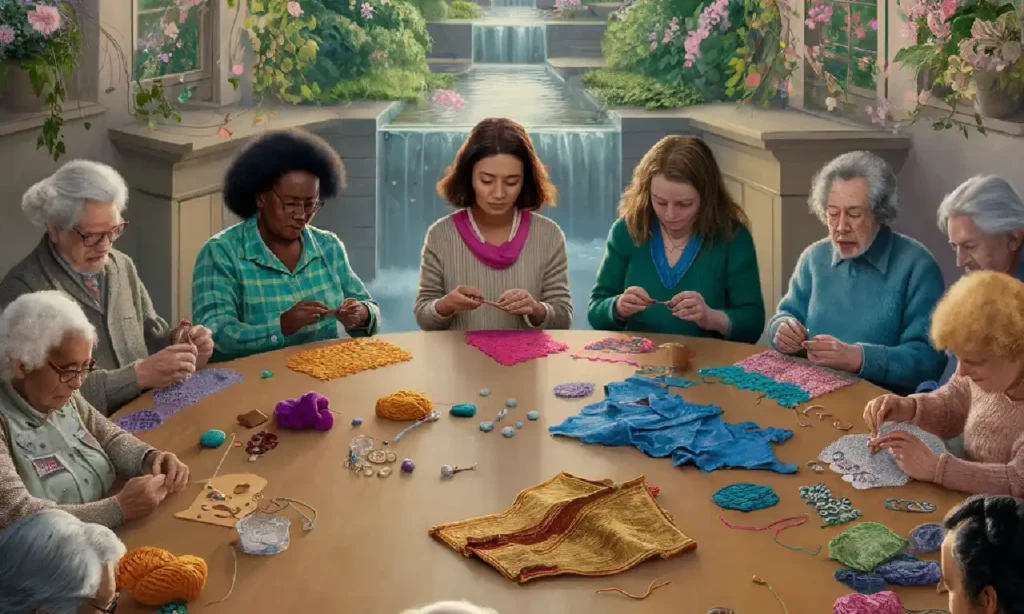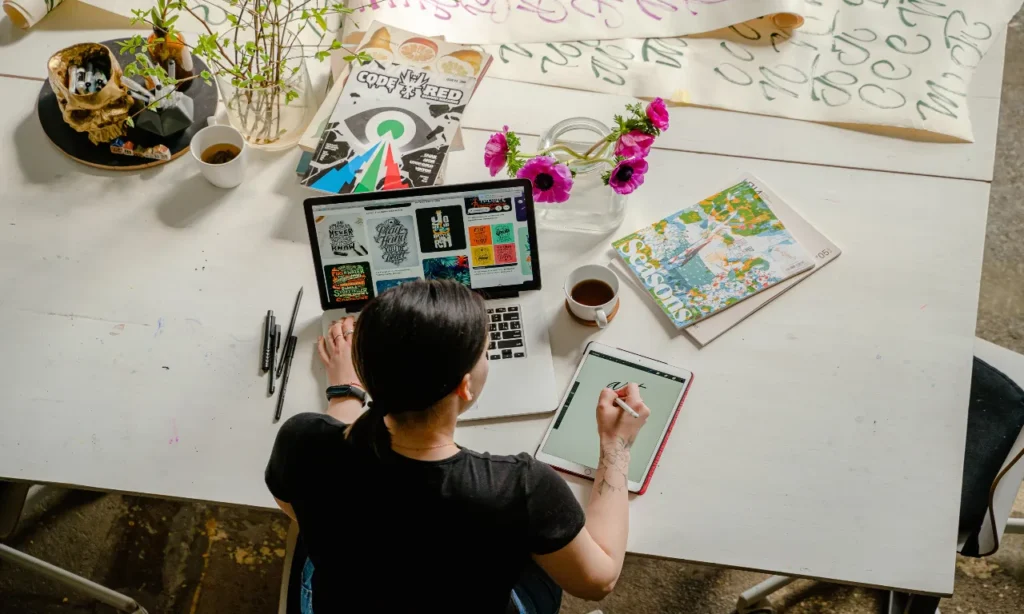Introduction
In today’s fast-paced world, stress, anxiety, and emotional challenges are common. Many individuals are seeking alternative therapeutic methods to heal and regain their balance. One such approach is art therapy, which uses creative expression as a tool for emotional healing. Among various forms of art therapy, handicrafts have proven to be particularly effective in promoting mental well-being.
Psychological Benefits of Handicrafts
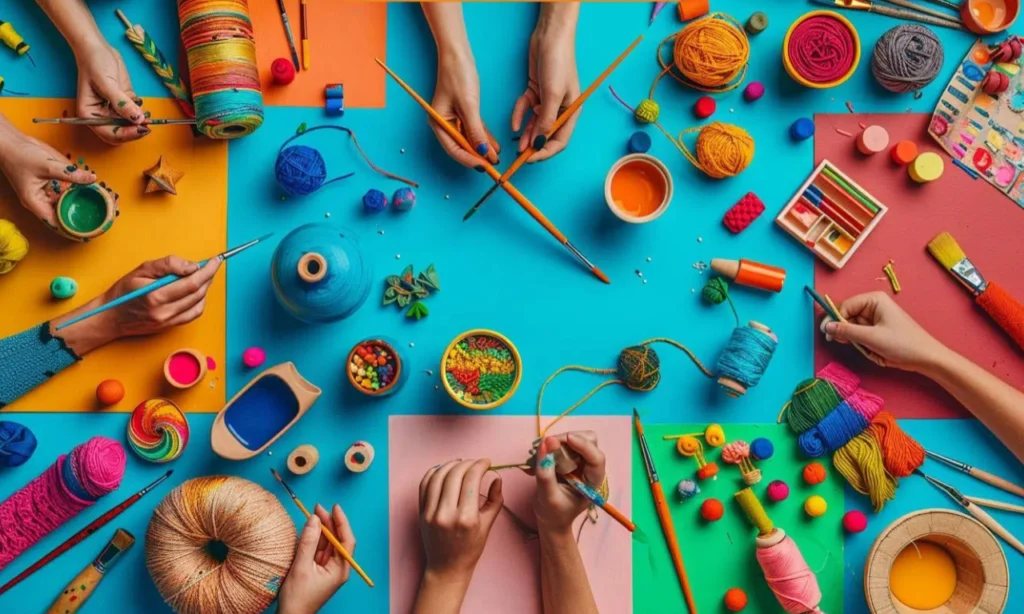
Engaging in handicrafts isn’t just about creating something beautiful—it’s also a powerful tool for improving mental and emotional well-being. The act of making things with your hands offers numerous psychological benefits, from reducing stress to boosting self-esteem.
Expression of Emotions
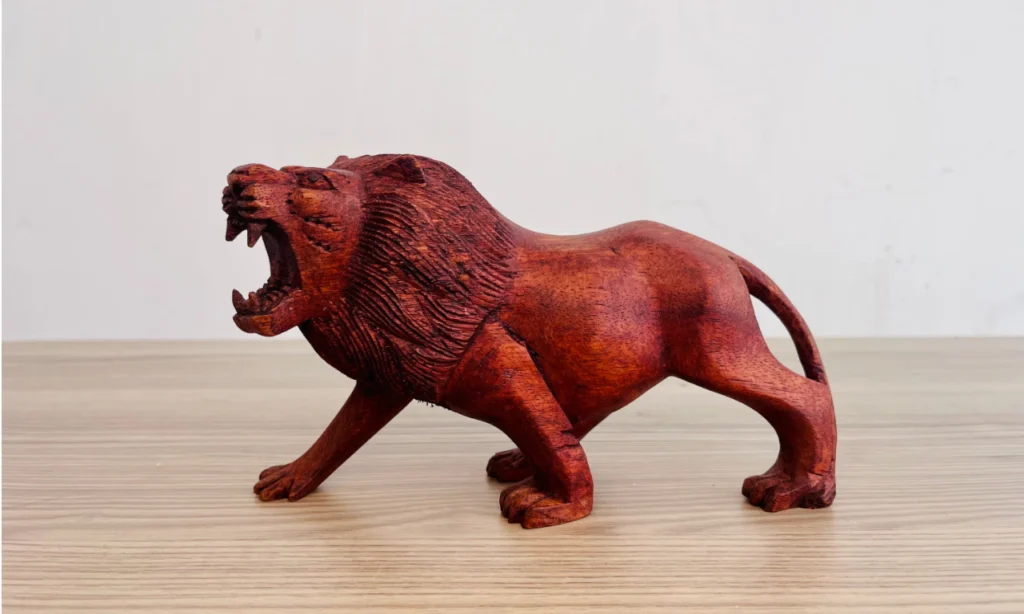
Handicrafts provide a non-verbal outlet for expressing emotions, which can be especially valuable for individuals who find it hard to communicate their feelings. Whether it’s through the choice of colors, materials, or the way a project unfolds, crafting allows individuals to express what they may be unable to say. This form of self-expression can help individuals process complex emotions such as grief, anger, or sadness.
Relaxation, Mindfulness and Focus
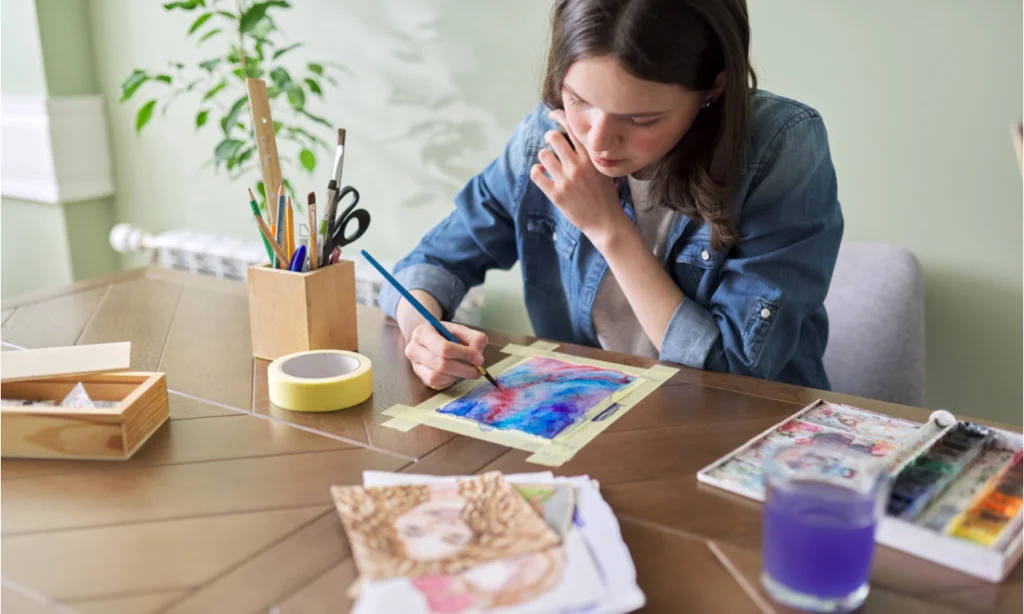
Crafting requires attention to detail, which naturally pulls your focus away from stressors and worries. Whether you’re painting, knitting, or making pottery, you need to concentrate on the task at hand. This focus helps ground you in the present moment, easing anxiety and creating a sense of peace..
Increasing Self-Respect
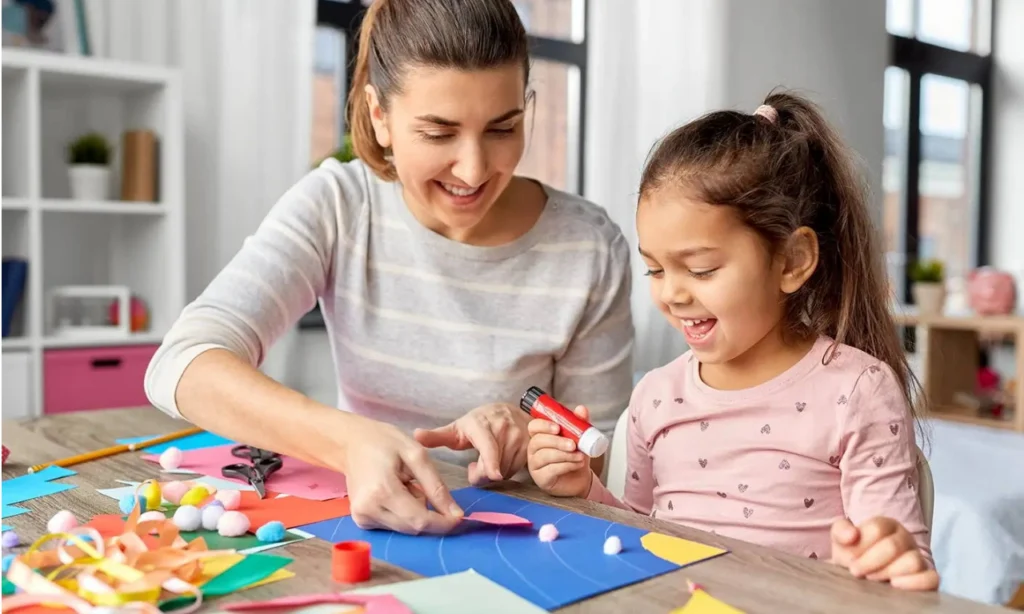
Completing a handicraft project, whether it’s a scarf, a piece of pottery, or a piece of artwork, gives you a sense of achievement. This accomplishment boosts self-esteem and creates a feeling of pride. For individuals who may struggle with self-worth or feel disconnected from their creative side, this can be a powerful tool for emotional healing..
Personal Growth and Development
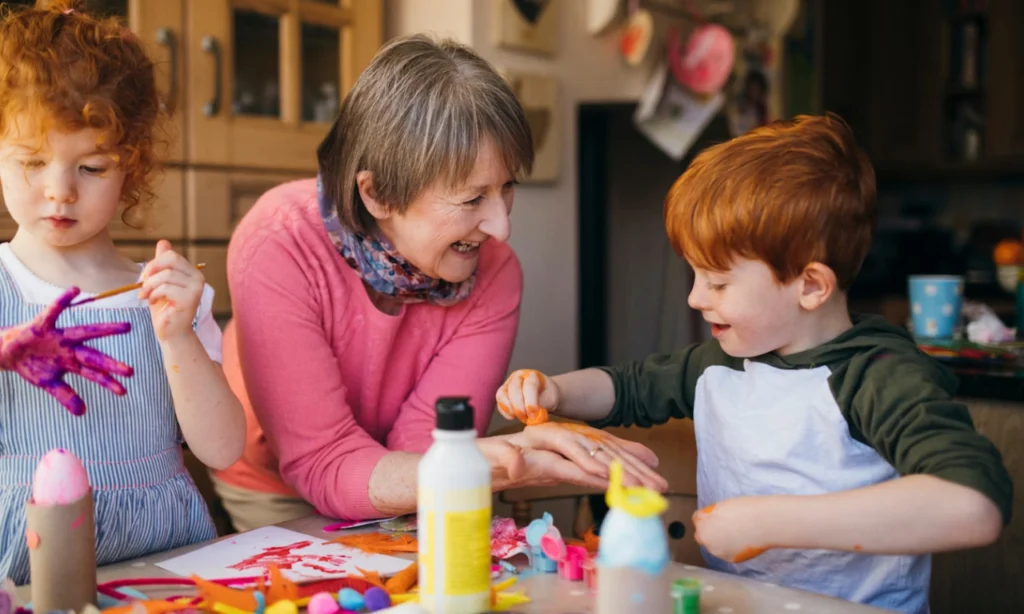
Engaging in handicrafts is more than just a way to pass the time—it offers significant opportunities for personal growth and development. The process of creating something with your hands can foster a deeper connection to yourself and contribute to various aspects of your mental, emotional, and even physical well-being.
Developing Your Problem-Solving Ability
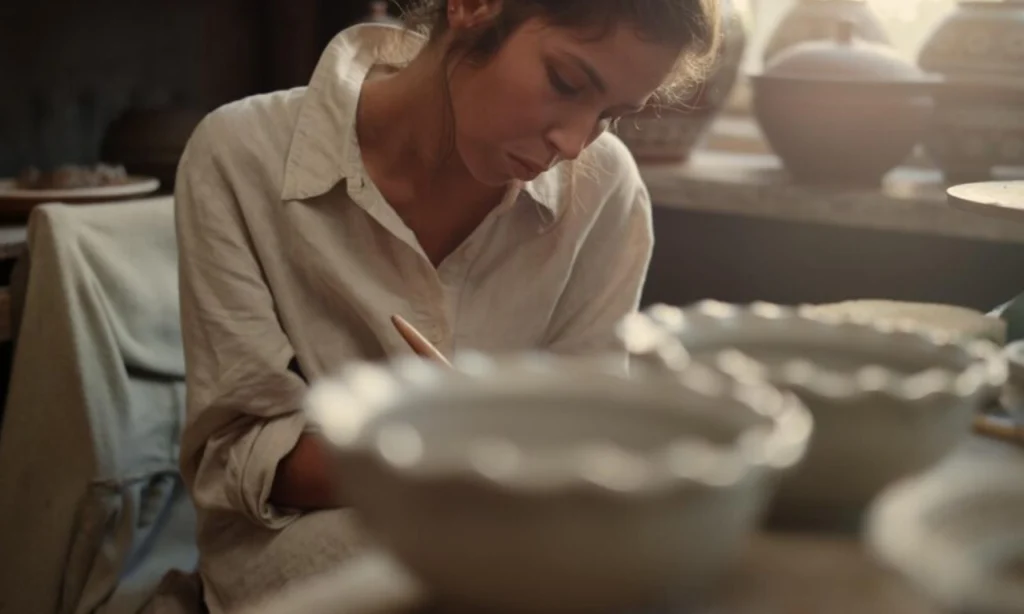
Crafts promote planning, decision-making, and problem-solving skills. Experimenting with materials and techniques develops resilience and adaptability, skills that are beneficial in other life areas.
Promoting Adaptability
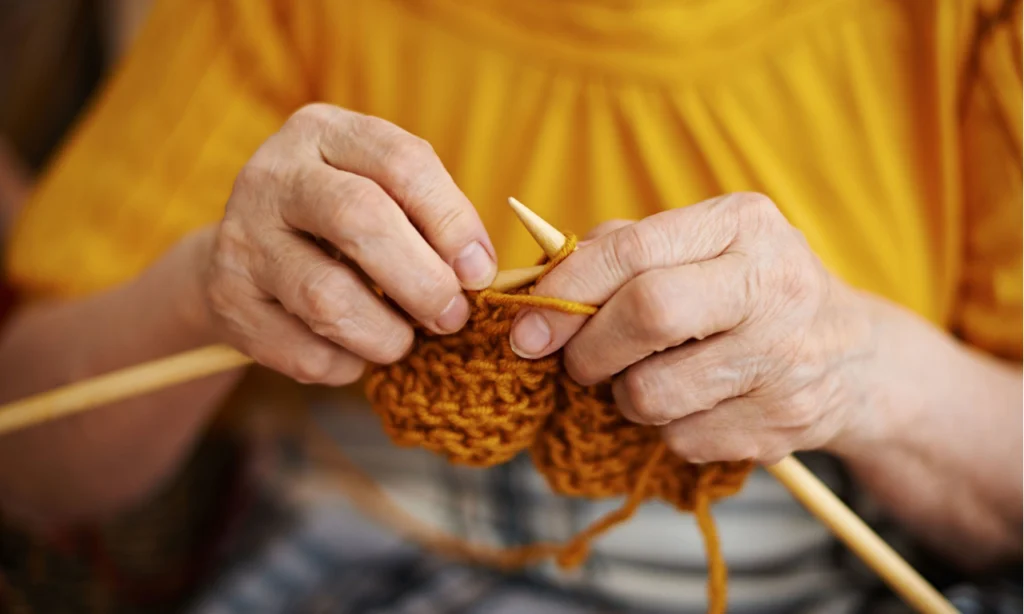
As individuals work through challenges in their projects, they learn to adapt and find creative solutions, fostering a growth mindset and improving overall cognitive flexibility.
Social Connection and Community Building
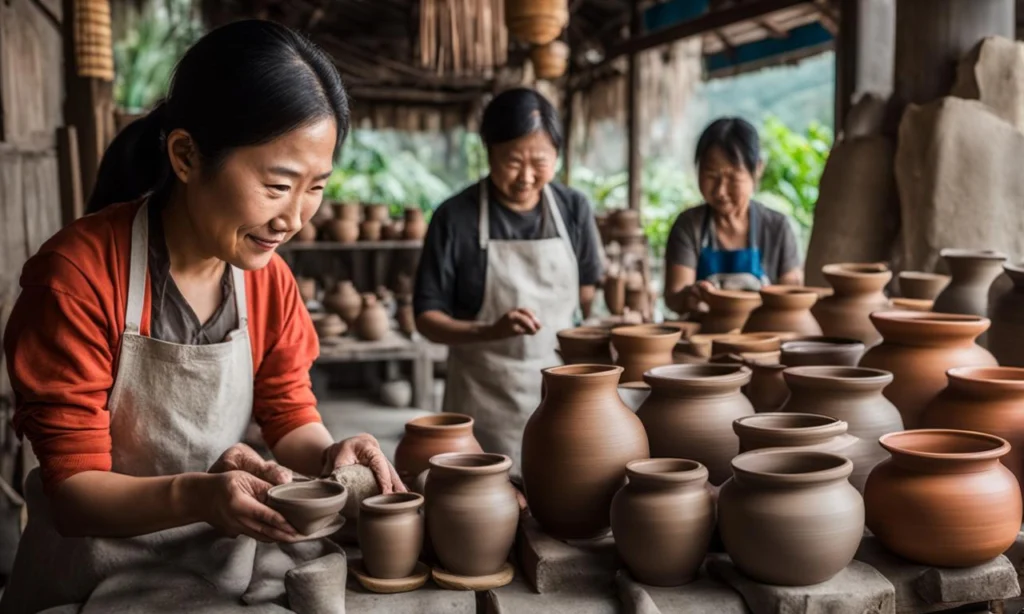
Handicrafts have long been a means of connecting people, fostering community, and creating shared experiences. Whether it’s through group crafting events, workshops, or simply exchanging ideas with friends, the act of crafting can help build strong social bonds.
Group Crafting Sessions
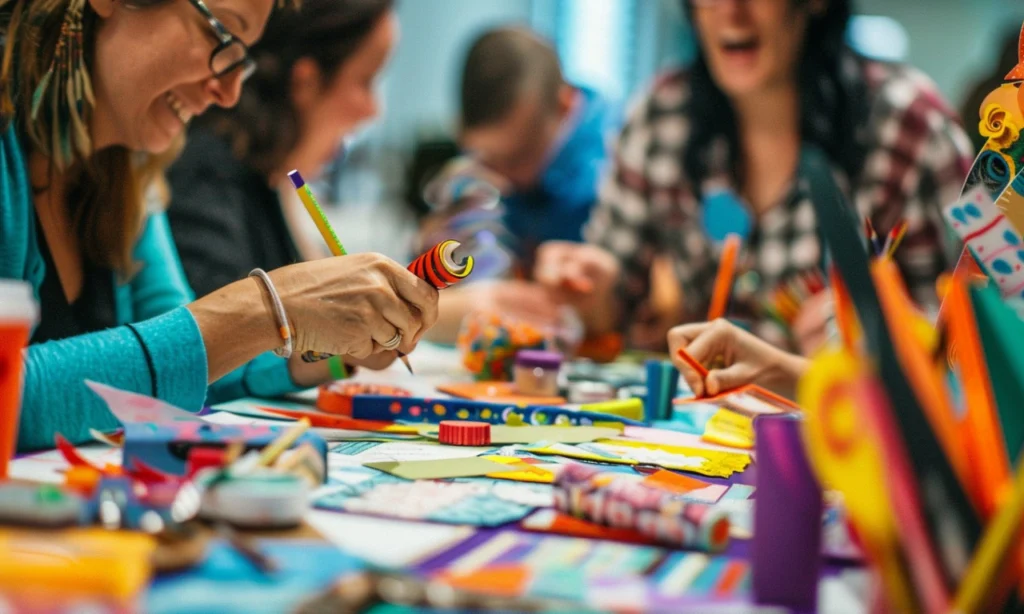
Group crafting sessions offer opportunities for social interaction and collaboration. Sharing skills and knowledge in a supportive environment enhances a sense of belonging and community.
Therapeutic Value for Diverse Populations

Handicrafts offer significant therapeutic benefits that extend across various populations, providing emotional, cognitive, and physical well-being. Whether it’s for children, the elderly, individuals with disabilities, or those dealing with trauma, handicrafts serve as a powerful tool for healing, self-expression, and personal growth.
Conclusion
Across a range of demographics, the creative expression, personal development, social connections, and therapeutic value of handicrafts as a form of art therapy foster mental health and well-being. Through embracing the creative potential of handicrafts, new avenues for psychological and emotional healing can be opened, improving the quality of life for both individuals and communities.

